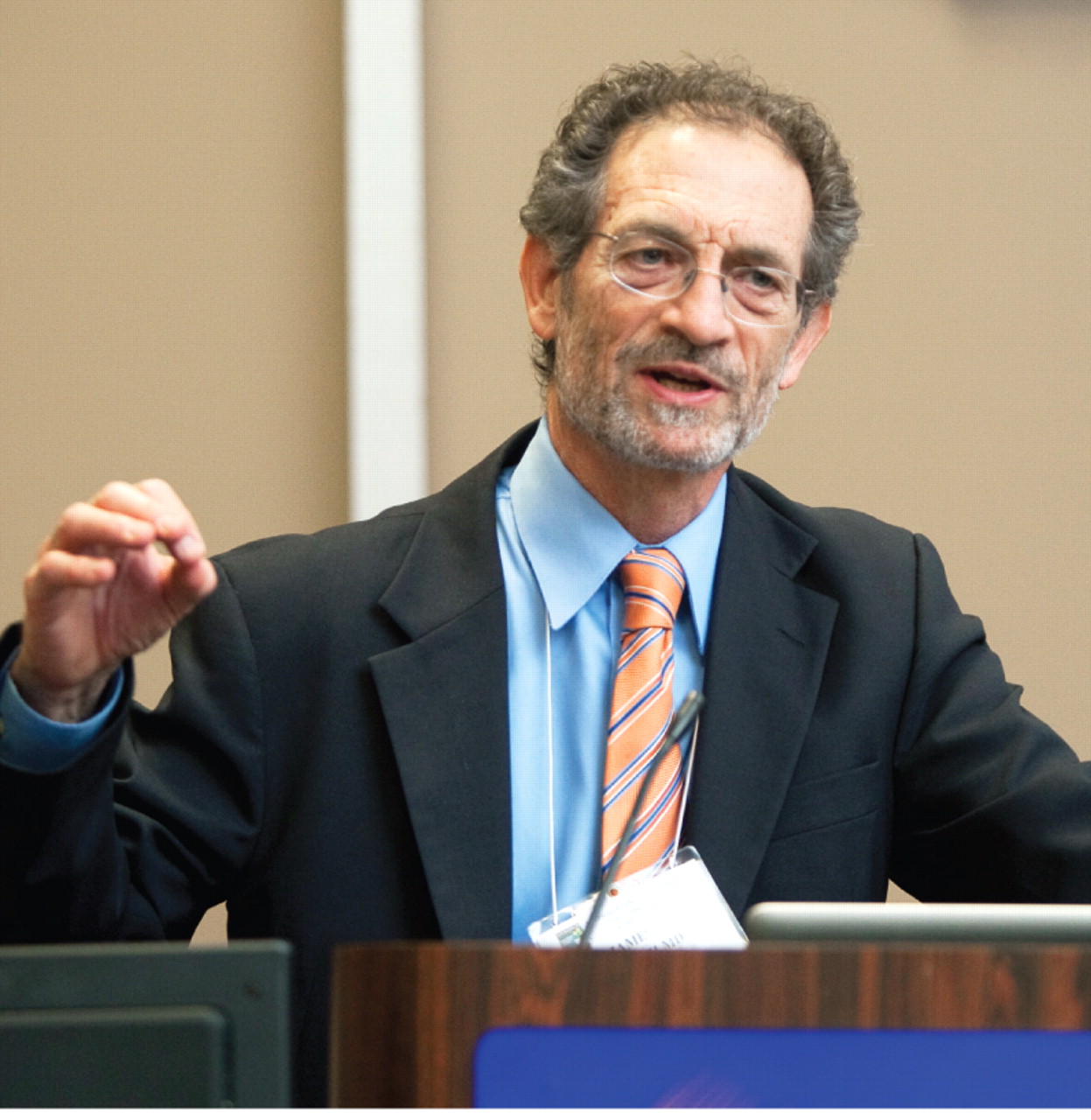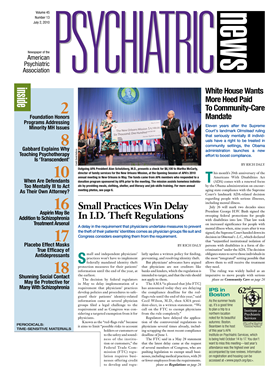Some people would prefer hearing they've been diagnosed with cancer than having to undergo a psychiatric evaluation, James Griffith, M.D., told listeners at an APA annual meeting session in New Orleans in May.
The mere fact that they will be having a psychiatric consultation may be seen as bad news by some patients, especially if they already harbor negative views of the profession and its practitioners.
“Psychiatrists are not only bothersome for some patients, but a stigma to be avoided at all costs,” said Griffith, a professor of psychiatry and neurology at George Washington University School of Medicine.
If the patient has not requested the consultation, the psychiatrist may be resented as a stranger with whom there is no reason to build a therapeutic alliance. For some, just the presence of the psychiatrist confers a mark of shame and lowers the patient's self-esteem, said Griffith.
Some patients may even hold religious beliefs that psychiatrists are evil emissaries of Satan, complicating the clinician's task, he said.
Those negative views stigmatize psychiatrists as much as prejudices against people with mental illness do in the outside world.
In some ways, however, stigma simplifies life.
“You only need to know one thing about a person and then you know everything” or at least think you do, said Griffith. Stigma allows an observer to make quick, decisive judgments about a person's social identity with little mental effort. Of course, that leaves out a lot of other things about the stigmatized individual.
The origins of stigma lie not in ignorance or psychopathology but in Darwinian biology, said Griffith. Sociobiological systems involved in peer affiliation, social hierarchy, kin recognition, and social exchange operate through the dorsal anterior cingulate gyrus. That part of the brain detects information conflicts and prompts the prefrontal cortex to resolve them with reference to some quickly identifiable but potentially stigmatizing mark—race, gender, age, clothing, and so on.
Stigma processes operate automatically, outside volitional control, and within tenths of a second, he said. They take precedence over more conscious reasoning, which may take seconds to minutes. They activate the amygdala, stimulate a threat/aversion response, and deactivate empathy. These processes increase the dominance of social identity relative to personal identity.
These are normal sociobiological processes, but psychopathology may amplify a stigma's intensity.
The psychiatrist's difficult job is to reverse that pattern, often under professionally stressful conditions, in a brief first encounter that lacks a therapeutic alliance, while already being stigmatized by the patient.
“What happens in the first session is critical,” said Griffith. The interviewer must decide early what stigmatizing process is at work in the patient's mind.
What is the patient's group of identity? How does the group perceive threats to its identity and interests? How does the group monitor outsiders? But those are just the first considerations.
“The prime objective is to establish relatedness to the patient as a person, not a category,” he said.
Griffith's strategy is to use “negative goodness,” that is, not attacking the group with which the patient identifies, while assuring him or her that the psychiatrist is not going to act harmfully.
That reassurance opens the door to better communication. When psychological arousal is high, sociobiological barriers rise, and lowering arousal lowers the barriers, he said. “Then stigma shifts further into the background of the patient's awareness.”
There are compelling reasons why a clinician must forge ahead with a patient's evaluation even when confronted with patients who hate or fear psychiatrists, said Griffith. Among these reasons are the potential risk of violence or suicide and other people's fears about the person's behavior.
A sociobiological understanding of stigma does more than lead to a better evaluation of a few difficult patients, said Griffith. “We can also learn to treat people who stigmatize psychiatrists despite their views and bring those skills into other areas of our practice.”


